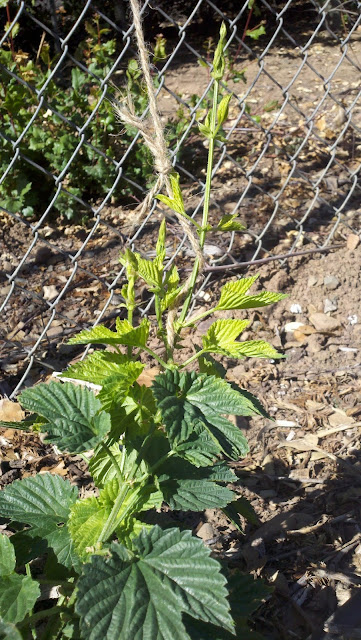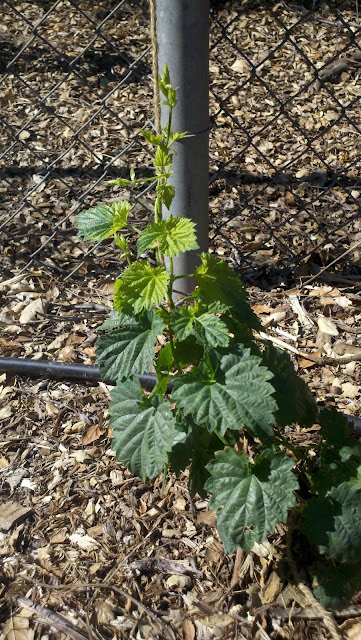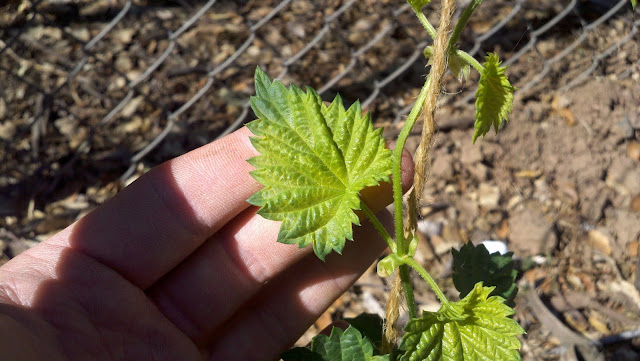
drummstikk wrote:Of course, you'll probably want to spend a buttload of time just sitting, drinking a beer, and staring at the plants as they grow. That's where most of my time went.
drummstikk wrote:...and all the pictures in the world of Asians in hats couldn't change that.


drummstikk wrote:If you ever want to get into the growing side, a suburban backyard is probably enough space to grow one 5-gal batch every Fall, with room leftover for the kids to play. People will tell you to start with growing just the hops because they're "easier", but I think the issue is that there's just less information out there about growing grains. Hopefully this thread can serve as a start for anybody interested in the starch side of the equation.
drummstikk wrote:Of course, you'll probably want to spend a buttload of time just sitting, drinking a beer, and staring at the plants as they grow. That's where most of my time went.
spiderwrangler wrote:Any word on whether you'll be collaborating with your local brewery? Or just making your own beer?
skibikejunkie wrote:I have the suburban backyard, but it's at 6300 feet above sea level, and we have a hard time getting much of anything to grow considering we usually have snow in the yard until May. But I could give it a try. Clearing a 10x10 plot would be a piece of cake....
I may give malting a try before growing. I have some raw wheat that I could use as-is in some recipes, or I could try malting it and have a few more options.



drummstikk wrote:Make sure you have about 2200 Growing Degree Days between the last frost in Spring and the first frost in Fall...
Practicing malting on some wheat kernels from the health food store is DEFINITELY the way to go. It's just like learning to brew -- you'll make some mistakes your first few times, but you'll probably get malt anyway. By the time your crop is finished, you will have malted like 4-5 times and be an expert! Go get planting! Johnny's has the Conlon seeds I used, and they worked great.
skibikejunkie wrote:We will definitely have 2200 GDD before we get frost in the fall. Seeds are cheap, so I just ordered some and will plant a small plot just for grins.

skibikejunkie wrote:skibikejunkie wrote:We will definitely have 2200 GDD before we get frost in the fall. Seeds are cheap, so I just ordered some and will plant a small plot just for grins.
The property management company where my office is located just turned some bare land into a community garden. Just received confirmation that my request for one of the plots was approved, so I've got another 5x50 space to plant barley, and it's also down in the valley, so growing conditions will be a bit better.
Users browsing this forum: No registered users